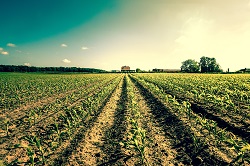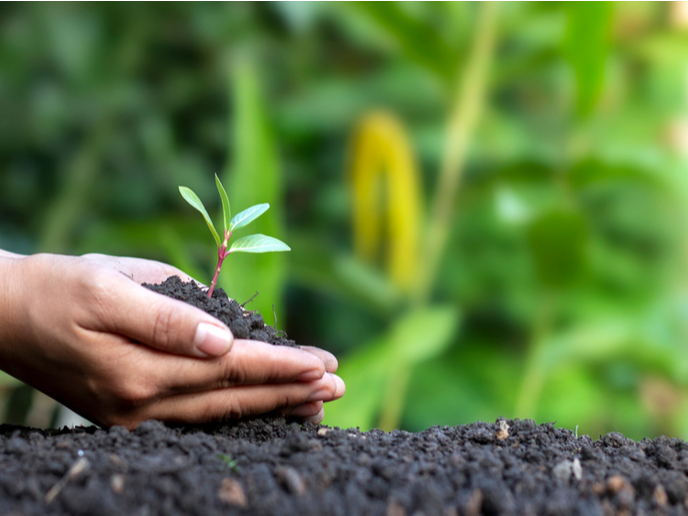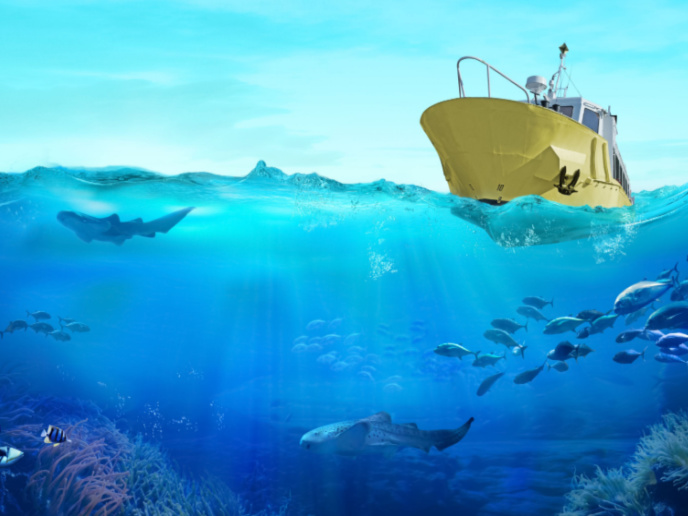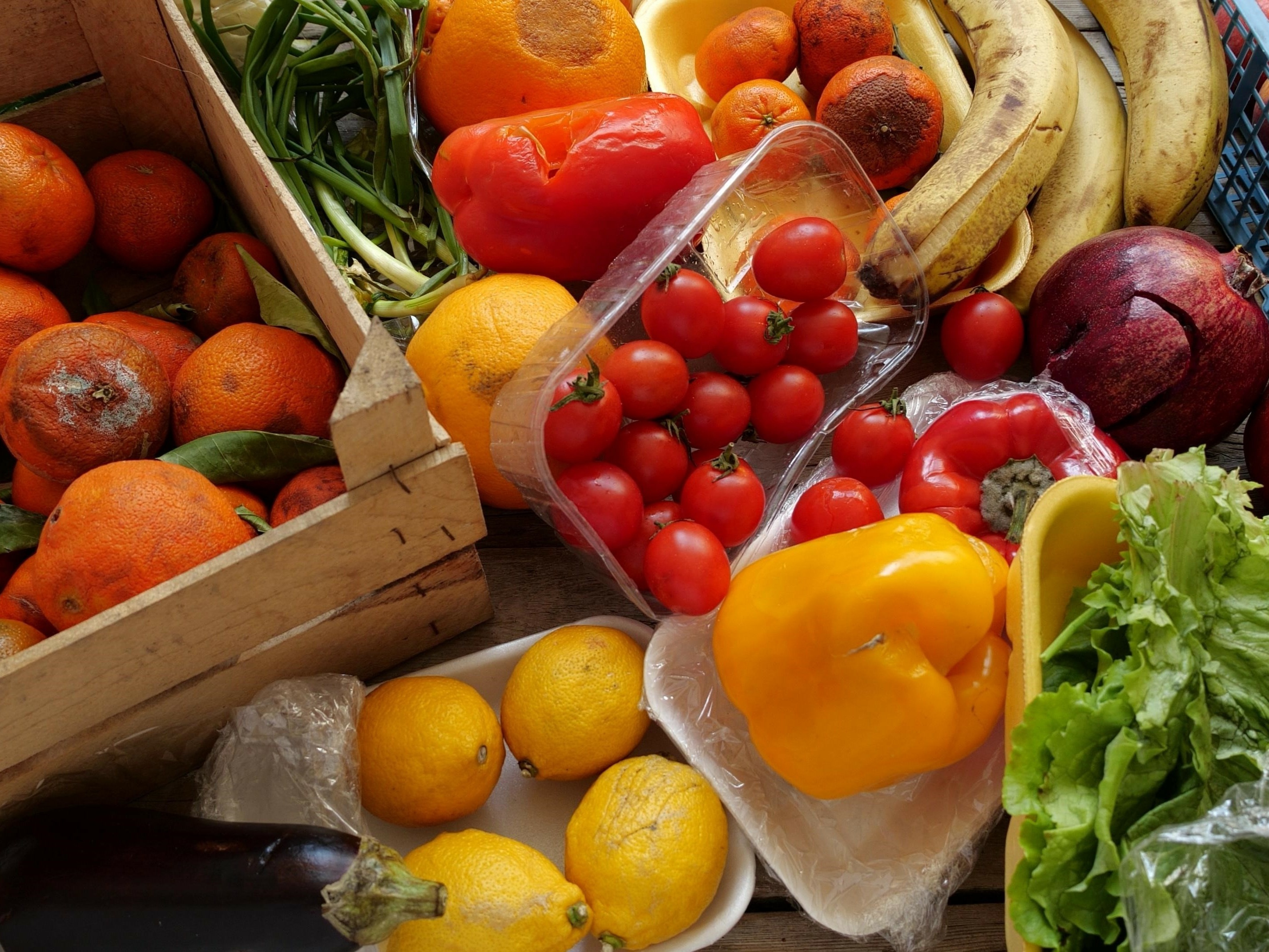From bees to pest control – evaluating nature’s hidden services
Nature is a treasure trove containing many hidden benefits for agriculture, from crop pest control to pollination, known collectively as ecosystem services. While organic farmers are heavily reliant on ecosystem services, on conventional farms there is little active management of the habitats that are needed to support pollinators and predators. Aiming to improve our understanding of their value, and potentially boost their habitats on conventional farms, EU-funded project QUESSA investigated semi-natural habitats and pollinators, pest predators, weed-killing insects and other factors. ‘Based on 16 case studies in eight countries with seven different types of crop we developed a classification system that encompasses most semi-natural habitats in Europe. We created predictive maps of ecosystem services from the local to Europe-wide scale,’ says John Holland, QUESSA project coordinator. QUESSA studied arable farms, vineyards, vegetable farms and orchards. It found that there is a surprisingly large proportion of semi-natural agricultural landscapes in Europe – about 20 % of all agricultural land – but this varies greatly depending on the country. Italy scored the highest with 89 % coverage of semi-natural habitats in olive groves, down to just 1.5 % coverage in some areas of the Netherlands. Project researchers then developed a predictive scoring system for two specific types of ecosystem service – pollinators like honey bees and wild bees; and flying pest natural enemies like parasitic wasps and predatory flies. These were used to generate maps of their location. The project’s local-scale maps were used by researchers to explore how the configuration of local landscapes effected ecosystem service provision. The Europe-wide map gives policymakers an idea of the overall amount of semi-natural habitats on farm landscapes, as well as the value of the services they provide. Bee decline QUESSA found that crops like sunflower and pumpkin can be affected by pollinator decline. Their flowers had an average of 100 visits by a pollinator per flower over the study year. Whereas for oilseed rape, which is largely wind pollinated, less than 10 % of crop flowers were visited by pollinators. ‘Insufficient insect pollination reduced total pollination levels by 3 % across all of the crops but even this small amount, if it occurs across Europe, would equate to an economic loss of EUR 1.8 billion, most of which can be attributed to losses in sunflowers,’ says Holland. QUESSA also found a total of 854 plant species living in semi-natural landscapes, but the species present varied according to the agro-climatic zone. The maritime and Mediterranean regions were most different from each other. QUESSA could not identify the ‘best’ habitat for the provision of pollination or pest-control services. However, it did find that some plant species – from the Rose, Asteraceae and legume families – boosted levels of pollinators. Meanwhile, pest predators prefer woody habitats. The project’s findings have now been incorporated into a free web-based tool that allows farmers and policymakers to estimate the contribution that different habitat types would make to the delivery of ecosystem services in a particular area. The QUESSA team are now undertaking further analysis of the data they have harvested throughout the project’s lifetime. Holland hopes that in the future, their findings can reach a wider audience who can most benefit from them.
Keywords
QUESSA, pollinators, predators, bees, habitats, farming, agriculture, sunflowers







